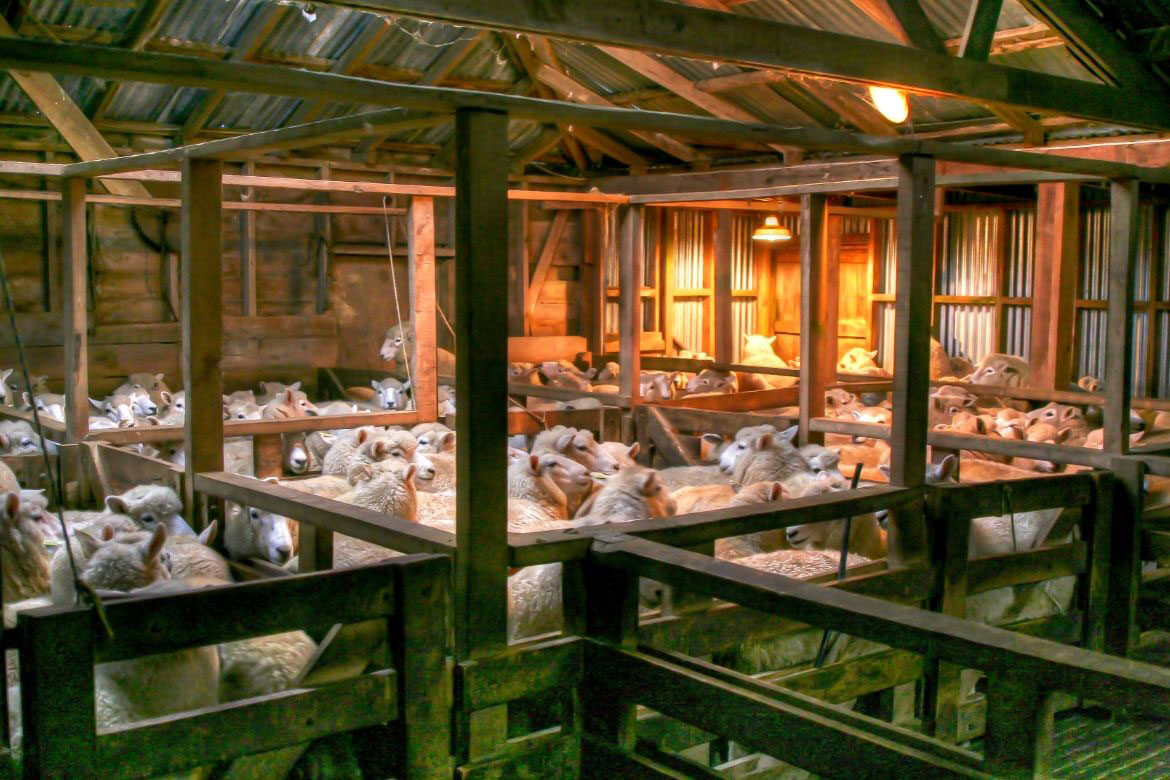Studies carried out by Teagasc show that farms with good sheep housing are 25% more labour efficient than farms where housing was rated as poor.
Sheep specialist Damian Costello says this is something farmers should be mindful of when designing new housing, or in assessing the suitably of existing housing.
Key factors which make a difference:
– Feeding space and floor space requirements
– Number of pen divisions
– Adequate ventilation
– Lambing pens and facilities
Pre-housing 10-point checklist
– Ensure sheep housing is thoroughly cleaned out well in advance of planned housing date with enough time to fully dry out.
– Many sheep houses may have housed store lambs for finishing in the run up to the housing of the ewes – beware of carryover issues like parasites, and seek veterinary advice on disinfection of hard surfaces where there have been sheep scab or lice.
– Check feed barriers, pen dividers, gates, latches and carry out repairs as needed.
– Carry out necessary modifications, such as providing extra trough space, additional pen divisions or measures to improve ventilation.
– Clean out water troughs and check for any leaking pipes and fittings – the optimum height for drinkers is 600mm from floor level to help prevent soiling by sheep.
– Check that drinkers or other such obstacles are not positioned within the pens where they pose a risk of injury to ewes particularly at feeding time.
– If there are any issues with lighting or power sockets have an electrician do an inspection.
– Avoid housing sheep with wet fleeces – it gives rise to high humidity in the shed that can lead to respiratory problems and it can take a week for a wet fleece to dry out after housing.
– In straw bedded sheds ensure adequate straw has been sourced to keep the environment clean and dry.
– Consider providing a work station that will include an area for equipment, a sink with preparation area and a simple water heating system –this proves invaluable at lambing time.
LSL News.

